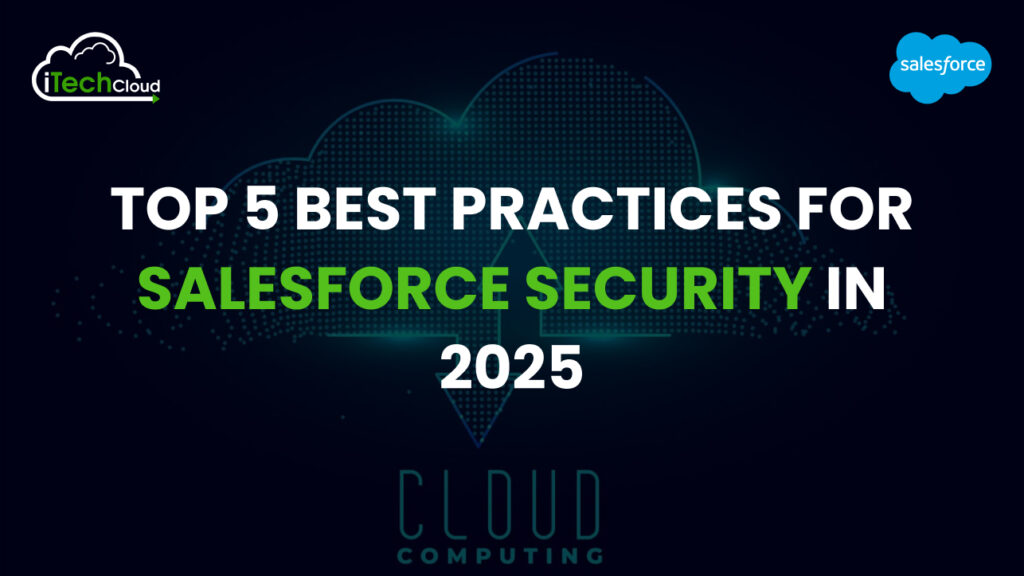Top 5 Best Practices for Salesforce Security in 2025

Here are the Top 5 Best Practices for Salesforce Security in 2025.
Table of Contents
1. Enforce Multi-Factor Authentication (MFA) Across All Users
MFA remains a cornerstone of Salesforce security. In 2025, with cyber threats like phishing and credential stuffing on the rise, requiring two or more verification factors (e.g., password plus a mobile app code) is essential. Salesforce has made MFA mandatory for all accounts since 2022, but ensuring full compliance and adoption across your organization including external users like community or partner portals strengthens your defenses against unauthorized access.
2. Implement the Principle of Least Privilege with Granular Access Controls
Limit user access to only what’s necessary for their roles. Use Salesforce’s profiles, permission sets, and role hierarchies to fine-tune data and system access. Regularly review and update permissions to reflect staff changes or evolving business needs. This minimizes the risk of internal breaches and ensures that even if an account is compromised, the potential damage is contained.
3. Security Health Check and Regular Audits
Salesforce’s Security Health Check tool evaluates your security settings against recommended baselines, providing a score and actionable insights. In 2025, make it a habit to run this tool quarterly, customizing baselines to match your organization’s specific risks. Complement this with regular audits of user activity and permissions to catch misconfigurations or suspicious behavior early.
4. Encrypt Sensitive Data with Salesforce Shield
Data breaches remain a top concern, and encryption is a critical safeguard. Use Salesforce Shield Platform Encryption to secure sensitive data at rest and in transit, such as customer PII or financial details, without disrupting functionality. In 2025, prioritize rotating encryption keys regularly and integrating Shield’s advanced features like Event Monitoring to track data access in real time.
5. Restrict Access with IP Whitelisting and Secure Connections
Limit login access to trusted IP ranges (e.g., corporate networks or VPNs) to block unauthorized attempts from unfamiliar locations. Pair this with enforcing HTTPS for all connections, especially with third-party integrations, to protect data in transit. In 2025, as remote work persists, these measures ensure only legitimate users can access your Salesforce instance, reducing exposure to external threats.
These practices align with Salesforce’s shared responsibility model, where the platform secures the infrastructure, but you’re responsible for configuring and maintaining your instance’s security. Staying proactive with these steps will keep your data safe and compliant in an ever-changing threat landscape.

